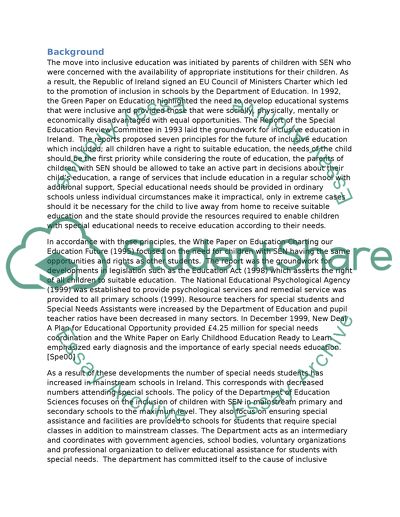Cite this document
(“The Inclusion of Children With Learning Difficulties in Mainstream Essay”, n.d.)
Retrieved from https://studentshare.org/education/1406167-the-inclusion-of-children-with-learning-difficulties-in-mainstream-classrooms-is-fine-in-theory
Retrieved from https://studentshare.org/education/1406167-the-inclusion-of-children-with-learning-difficulties-in-mainstream-classrooms-is-fine-in-theory
(The Inclusion of Children With Learning Difficulties in Mainstream Essay)
https://studentshare.org/education/1406167-the-inclusion-of-children-with-learning-difficulties-in-mainstream-classrooms-is-fine-in-theory.
https://studentshare.org/education/1406167-the-inclusion-of-children-with-learning-difficulties-in-mainstream-classrooms-is-fine-in-theory.
“The Inclusion of Children With Learning Difficulties in Mainstream Essay”, n.d. https://studentshare.org/education/1406167-the-inclusion-of-children-with-learning-difficulties-in-mainstream-classrooms-is-fine-in-theory.


